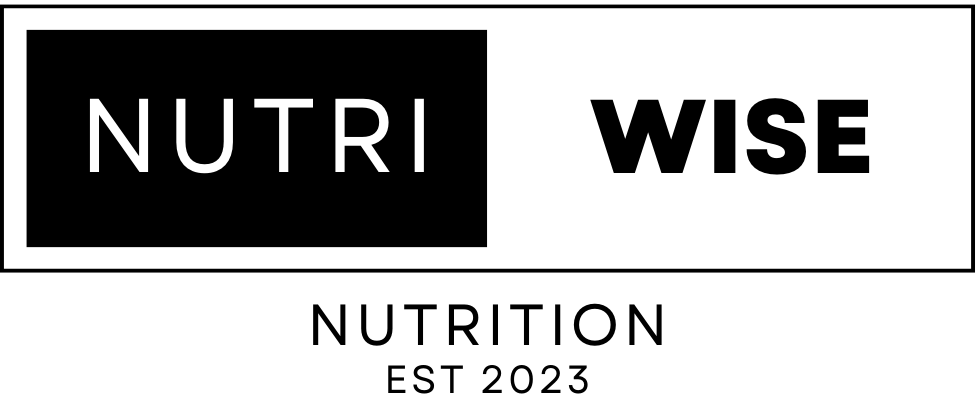Unlock Muscle Growth: Activate Mind Muscle Connection
Achieving muscle growth is a goal for many individuals who engage in regular exercise. However, simply lifting weights or performing resistance exercises is not enough to guarantee muscle growth.
One essential component of muscle growth is the activation of Mind Muscle Connection (MMC), which involves the visualisation of resistance and the deliberate contraction of the desired muscle group during exercise. This allows for more targeted muscle fiber tears and ultimately leads to greater muscle growth.
In this article, we will explore the importance of MMC for muscle growth and provide tips for achieving it during exercise. We will also emphasise the significance of starting light to ensure proper activation of MMC and avoid the recruitment of supporting muscles.
By understanding the benefits of MMC and implementing strategies to activate it, individuals can unlock their muscle growth potential and achieve their fitness goals.
Benefits of Mind Muscle Connection
The benefits of achieving Mind Muscle Connection (MMC) will be extensively discussed in the article. MMC allows individuals to target and stimulate desired muscle groups effectively during exercise. By focusing on the desired muscle group, individuals can visualise resistance and force the muscle group to contract, resulting in more muscle fiber tears and growth.
Techniques for visualisation can aid individuals in achieving MMC. One way is to focus on the weight movement, while the other is to focus on the desired muscle group. Focusing on weight movement may lead to the recruitment of other muscle groups, reducing the stimulation of the desired muscle group. In contrast, focusing on the desired muscle group allows individuals to isolate and stimulate the muscle group effectively.
Incorporating MMC into daily workouts is crucial in optimising muscle growth and recovery. Starting with lighter weights and gradually increasing the load can help individuals feel the individual muscle being targeted, rather than recruiting surrounding supporting muscles.
Tips for Achieving Mind Muscle Connection
One effective approach for achieving a stronger connection between the mind and targeted muscle groups during exercise involves beginning with lighter weights in order to more easily feel the isolated muscle group being worked. This technique allows individuals to focus on the specific muscle group and visualise the resistance, which ultimately leads to more effective contractions and muscle fiber tears.
When attempting to activate mind muscle connection, it is important to avoid common mistakes such as lifting too heavy, which can recruit surrounding supporting muscles and take away from the stimulation of the desired muscle group.
Visualisation techniques are another effective method for achieving mind muscle connection. Individuals can focus on the movement of the weight or the targeted muscle group itself. By visualising the targeted muscle group during exercise, individuals can improve their ability to contract and stimulate that muscle group effectively.
In addition, utilising visualisation techniques can help individuals avoid the common mistake of relying on other muscle groups to complete the exercise, which can ultimately hinder muscle growth and development.
Importance of Starting Light
Commencing exercise with lighter weights allows for an increased ability to concentrate on specific muscle groups, leading to more effective contractions and improved muscle fiber tears. This approach is crucial for activating the Mind Muscle Connection (MMC) and stimulating desired muscle groups during exercise.
Focusing on the weight movement rather than the desired muscle group may result in recruiting other muscle groups and not stimulating the desired muscle group enough. Starting with lighter weights also ensures that the individual avoids common mistakes such as lifting too heavy, which can recruit surrounding supporting muscles and take away from stimulating the desired muscle group.
As the individual progresses, they can gradually increase the weight to reap the benefits of progressive overload. Isolating and stimulating the muscle group leads to more muscle fiber tears and growth, which is imperative for muscle growth during exercise.
In summary, starting with lighter weights is a fundamental component of achieving MMC, which is essential for effective muscle growth and recovery.










